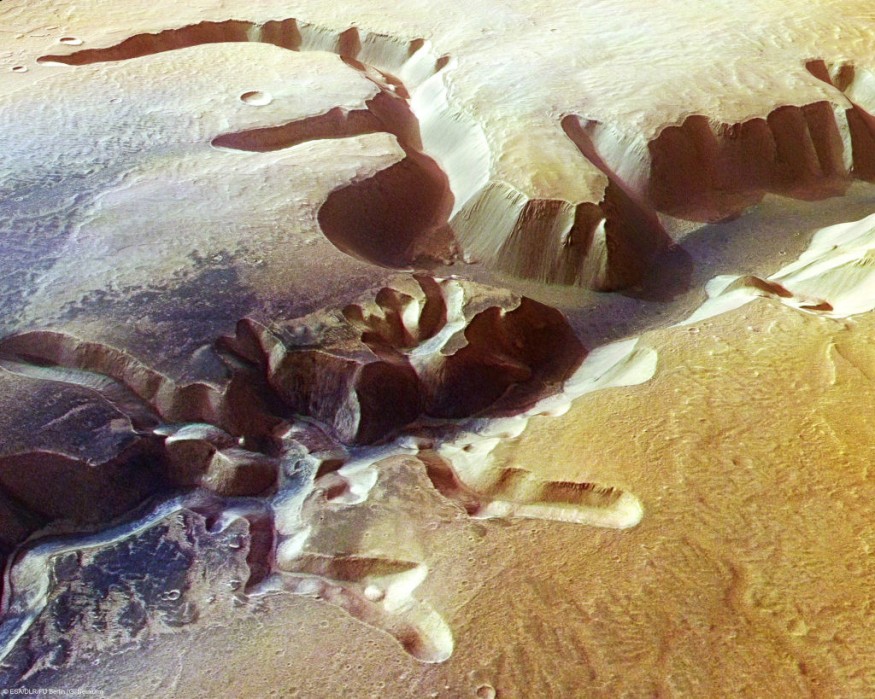Curtin University led a study to quantify the frequency recorded from asteroid collisions on Mars. The space rocks are responsible for most of the craters scattered across the red planet. According to experts, the asteroid impacts have been continuous on the planet's surface for over 600 million years now.
Impact Craters on Mars Produced by Consistent Asteroid Hits; No Spike in Collision Frequency

The main interest of the research was to analyze the geological formation of the wide creators appearing on Mars. The authors selected 500 giant craters on the planet's surface. Through the use of the crater detection algorithm developed by Curtin University, the experts were able to quantify the visible impact craters efficiently. The observation included high-definition imaging captured separately for the case.
Curtin University's School of Earth and Planetary Sciences expert Anthony Lagain, who also authored the study, said in a EurekAlert report that their findings are contrary to what has been thought by the community for a very long time. According to Lagain, the count of the asteroid collision frequency is pretty much the same compared to the collisions that Mars has incurred for millions of years.
He added that the numbers they gathered did not vary from the frequency of the past asteroid collisions, a concept that is opposite to the spike in frequency recorded from previous studies. The author explained that measuring the number of impact craters on a surface of a planetary body is the current and only way to reveal the timescale of its geological events.
Most terrains that could be dated through impact crater count are volcanoes, canyons, and even rivers. By studying the craters, experts would also have a hint of how massive the upcoming collisions will be.
Lagain said that the plate tectonics on Earth unintentionally erases the geological history of the planet. But through the study of other planets that were able to preserve their early geological history, they might be able to have a glimpse of our own past. The best example of it is Mars, which may hold pieces of evidence pointing to Earth's early evolution.
Crater Studies on Other Planetary Surface Made Easier
The crater detection algorithm, according to Lagain, could help their team cover the complex structure that impacts craters, including size, quantity, time and frequency of the space rocks that have hit the planet.
Previous studies on the number of debris on Mars theorized that there was a spike in both the timing and frequency of the asteroid collisions. Lagain explained that each collision has the potential to produce multiple debris. However, the debris did not influence the number of craters discovered on the Martian surface, and this applies to other planetary bodies, too.
Planetary expert and co-author of the study Gretchen Benedix led the development of the algorithm. Based on the report, the same algorithm could be adapted in separate studies over a distinct planetary surface, including the moon.
Benedix explained that with the approach they constructed, future research will obtain data from thousands of lunar craters automatically. With the quantifying methods of the algorithm, the scientists will now have higher resolution studies over the evolution of the moon. The study was published in the journal Earth and Planetary Science Letters, titled "Has the impact flux of small and large asteroids varied through time on Mars, the Earth and the Moon?"
RELATED ARTICLE : What Will Happen If Earth Stops Spinning in Its Orbit?
Check out more news and information on Space in Science Times.












